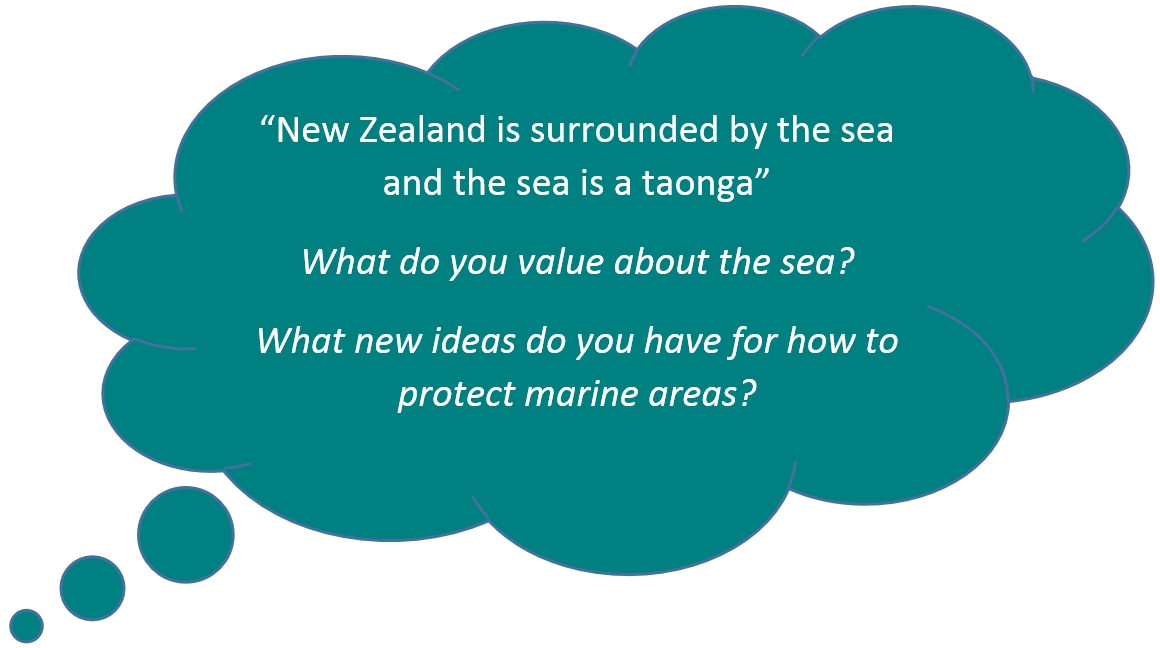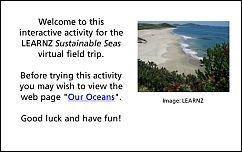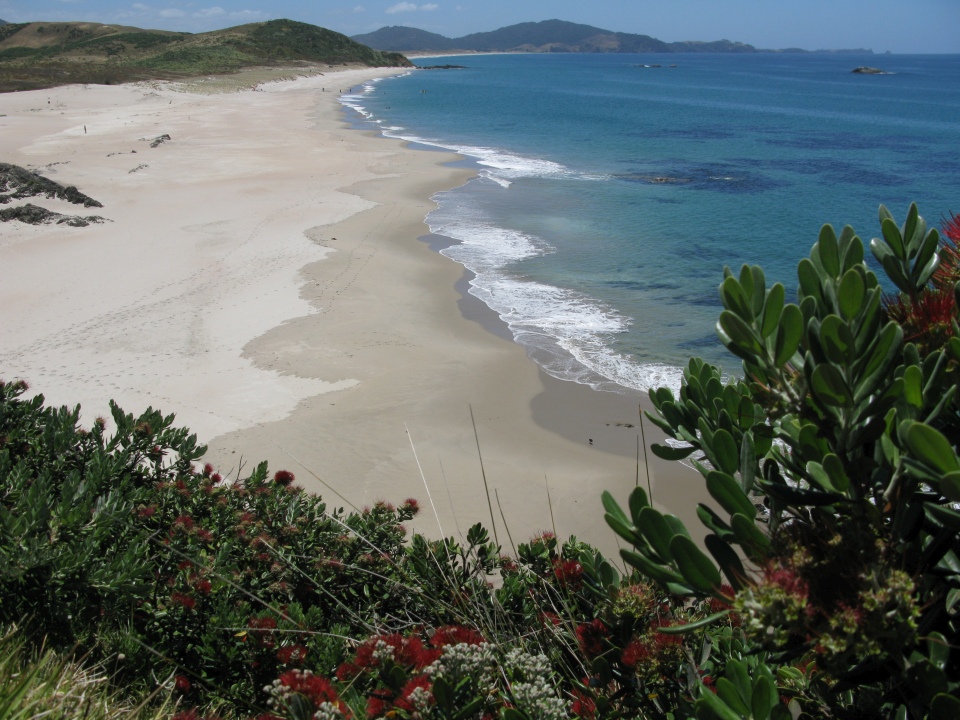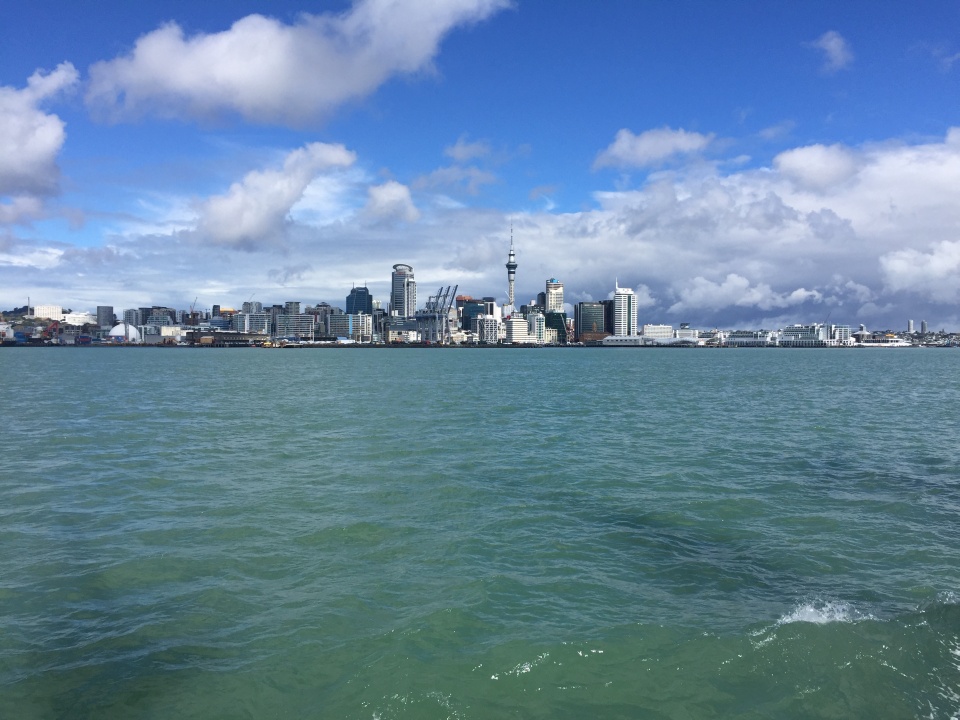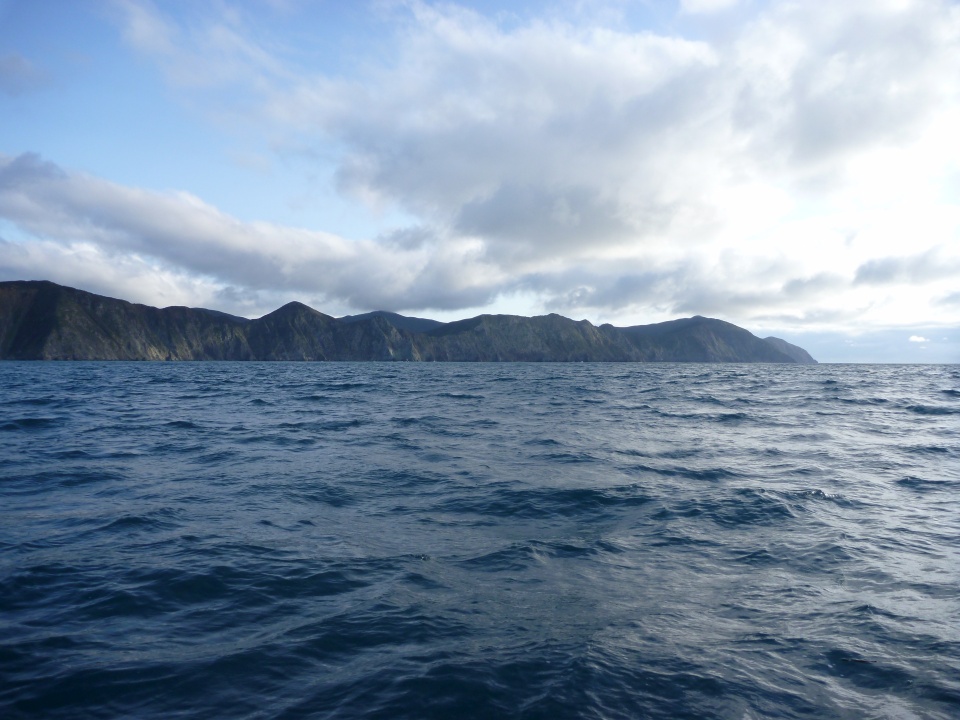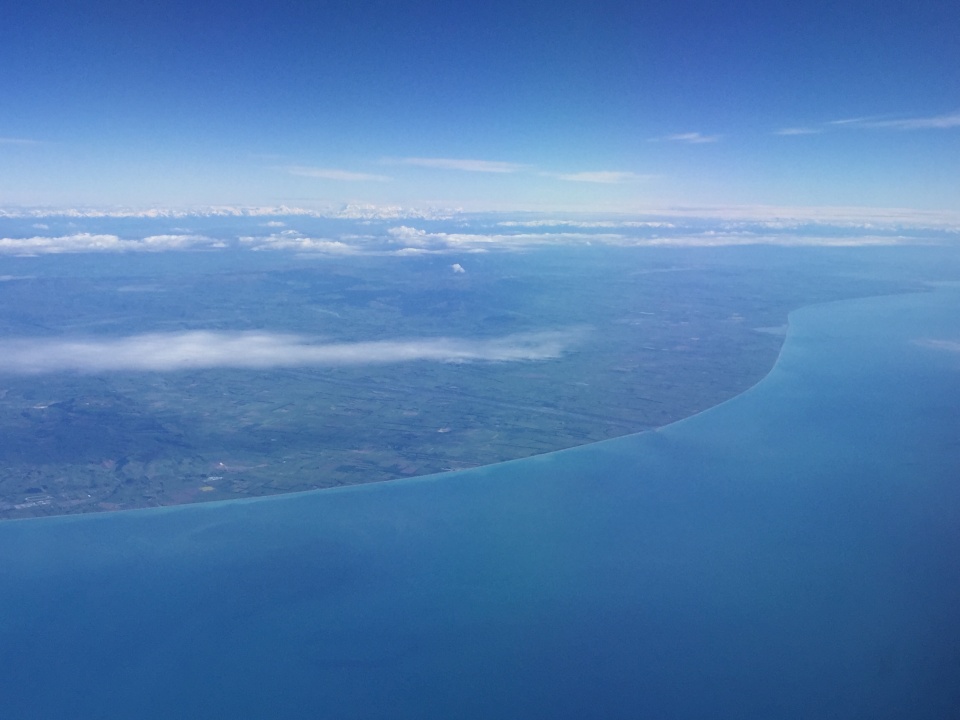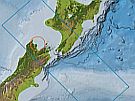Life on Earth depends on the ocean.
The ocean is part of our lives – we may swim in it, sail on it or eat food from it. Whether we live by the ocean or not, it affects us all because it:
Many people imagine the sea floor to be flat, but the sea bed has the same variety of landscapes that we see on land. Hidden below the ocean are mountains, volcanoes, trenches, canyons, valleys and plains. This variety of landscapes supports many different marine organisms.
Our big blue backyard
New Zealand is surrounded by the sea. The sea is our taonga. Our connections to it are strong. More than 75% of New Zealanders live within 10 km of the coast. Even if you live inland you are never further than a couple of hours drive from the sea.
The sea is an important part of our Kiwi lifestyle – whether you use it for recreation, harvesting food and other resources, or for spiritual wellbeing.
Our marine environment includes:
- New Zealand’s Territorial Sea (from the shore out to 12 nautical miles)
- Exclusive Economic Zone (from 12 nautical miles from the shore to 200 nautical miles from the shore).
These areas are governed by New Zealand laws and are used by a variety of people, industries and organisations.
Our marine diversity
New Zealand's marine environment is particularly rich and complex because:
- It extends from subtropical to subantarctic – over 30° of latitude
- It sits above an active plate boundary
- It is isolated from other countries.
This means New Zealand has a rich diversity of marine habitats and species. Scientists estimate that as much as 80% of New Zealand’s indigenous biodiversity may be found in the sea. Yet less than 1% of our marine environment has been surveyed. More than 15,000 species have been discovered, and on average 7 new marine species are identified every fortnight. Scientists estimate that there may be as many as 65,000 marine species in New Zealand waters. Our isolation means that many of these species are endemic, which means they are not found anywhere else in the world.
